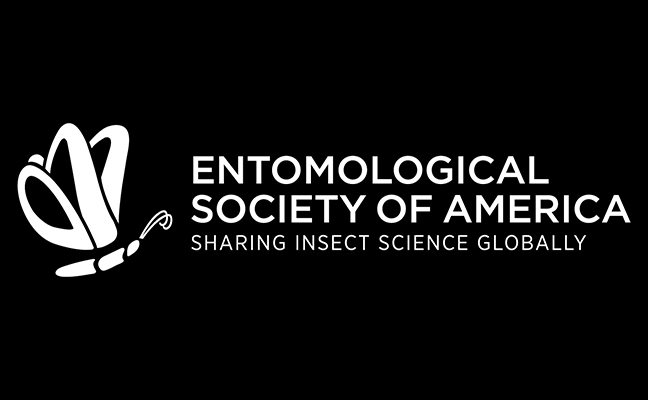
LOGO: ESA
Journals from the Entomological Society of America (ESA) have published a collection of papers and research on the spotted lanternfly (Lycorma delicatula). The collection features 25 articles published in ESA journals since 2015, with 16 being new additions since June 2020.
The spotted lanternfly is a treehopper native to Asia but was discovered in Pennsylvania in 2014, and it has since spread to five other northeastern states. Its primary host is tree of heaven (Ailanthus altissima), but it is known to feed on more than 100 types of plants — mostly trees, shrubs and stout vines.
Since its arrival in the U.S., the invasive species has had researchers and experts in science, agriculture, and government busy working to understand the spotted lanternfly’s biology and how to contain it.

Adult spotted lanternfly, Lycorma delicatula. PHOTO: LAWRENCE BARRINGER, PENNSYLVANIA DEPARTMENT OF AGRICULTURE, BUGWOOD.ORG
Dr. Melody Keena, research entomologist at the U.S. Forest Service, is co-editor-in-chief of the ESA journal Environmental Entomology and compiled the collection on spotted lanternfly.
“Both federal and university groups — with Pennsylvania State University taking the early lead — have developed a lot of knowledge and tools rapidly for dealing with this pest, as this collection demonstrates,” Dr. Keena said in a news release.
“Multiple tools for trapping and killing spotted lanternfly have been developed but still need improvement, especially for adults. Biological control organisms have been found and are being evaluated. Prospects for managing it are good,” she said. “We don’t yet know how far it will successfully be able to spread, but there are indications that it may have some climatic limitations. Current work to understand how humans are aiding its spread, and how to cut off those avenues, is underway.”
The ESA spotted lanternfly collection is available at online at the Environmental Entomology‘s website. All papers in the collection are freely available to read and download through Feb. 16, 2022.
Leave A Comment